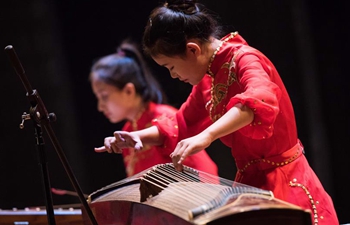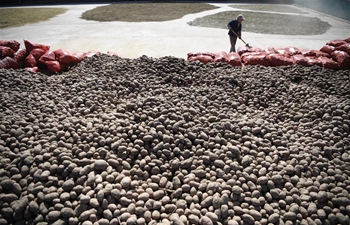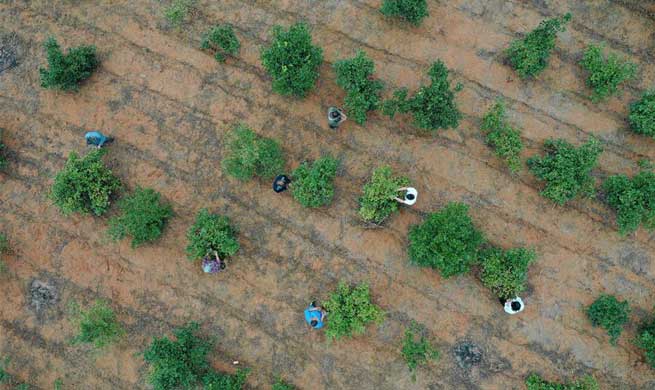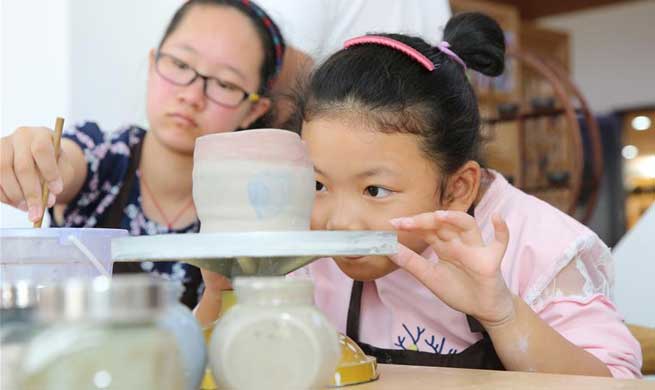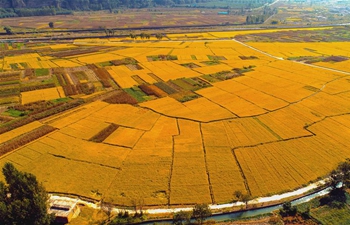CHANGSHA, Oct. 5 (Xinhua) -- Nearly 40 percent of the 6,700 existing languages around the globe are endangered, with many only spoken among the elderly. One possible way to protect these languages is the younger generations.
It is high time to save the endangered languages and dialects through recording current dynamic corpus and teaching more people to speak them, according to the first international conference on linguistic diversity protection held from September 19 to 21 in the city of Changsha, capital of central China's Hunan Province.
"Languages and dialects are dying out at a rapid speed, so we are racing against time to save them," said Cao Zhiyun, director of the Center for the Protection of Language Resources of China.
The priority of the project is to, through fieldwork, achieve large-scale gathering of language resources, investigate the current situation of endangered languages and record and store the corpus.
But this is no easy task. Most of the endangered languages are scattered in remote or mountainous areas that are difficult to access. Also, many of them are only spoken by a handful of people, making it almost impossible to record the language.
Foreign experts attending the conference also shared their own experiences with China.
Kalam is a language spoken by an ethnic minority group in Lithuania, which was once on the verge of extinction.
However, in order to protect their language, local people started writing history books in Kalam and compiling Kalam textbooks and dictionaries. Gradually, the Kalam language was revived thanks to their efforts.
Cao added that modern technologies such as AI speech recognition and synthesis could be applied to preserve languages and dialects better.
"Mandarin can take you further, but your dialect tells you where you come from," said Wang Han, a well-known TV host and advisor to the center.
Launched in 2015, the project involves 4,500 linguists from over 350 universities and research institutions worldwide.




